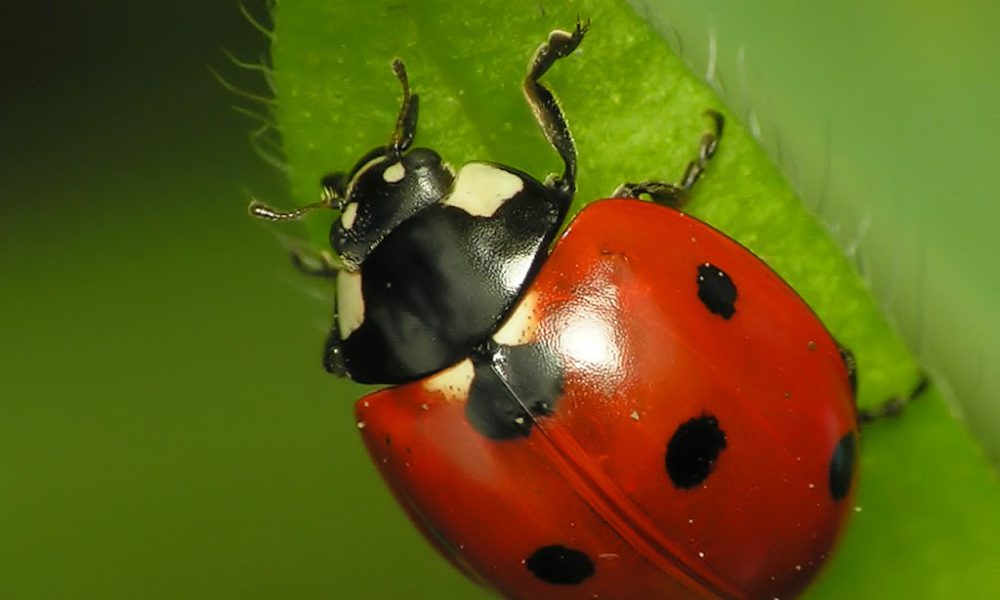
No matter what part of the world we live in, most of us are at least familiar with the ladybug. They are pretty to look at, and they are harmless. They are considered to be a beneficial insect because they eat other insects such as mealybugs, scales, aphids, mites, the white fly, and others. Ladybugs do not carry diseases, nor do they sting.
Aside from the fact that they are looked at as a beneficial insect, many view ladybugs as a major nuisance. During the cold months out of the year, ladybugs are known to invade homes in search of a place to overwinter. Sometimes ladybugs enter homes in such large amounts that they become a nuisance. Even a small number of ladybugs can become a nuisance due to the fact that a female ladybug can lay anywhere from 20 to 1,000 eggs over a 1 to 3 month period. As I mentioned above, ladybugs are not really harmful in any way, and are really only a nuisance by presence. Unfortunately, once ladybugs enter a home to overwinter, they will usually return to the same home year after year.
See our article titled “Ladybugs: How to keep them out! (Part 2 of 2)” for natural, do-it-yourself methods for keeping ladybugs out of your home.
An outside treatment can be performed on your home by one of our trained technicians. The treatment normally consists of a pyrethroid application being sprayed on the outside walls of your home, most commonly on the south and west walls. The south and west walls are the main areas where large amounts of ladybugs will be found since they are usually the sunniest / warmest sides. Even with a chemical treatment, you may never completely rid your home of 100% of the ladybugs, but you can greatly reduce their numbers and make your home more liveable. There is no quick fix or easy answer to annual ladybug invasions. In many ways, the ladybug is very similar to the kudzu bug.
If you have any questions or would like to schedule an outside treatment of your home, please call us at 770 696 8202, or visit our website to request a quote.